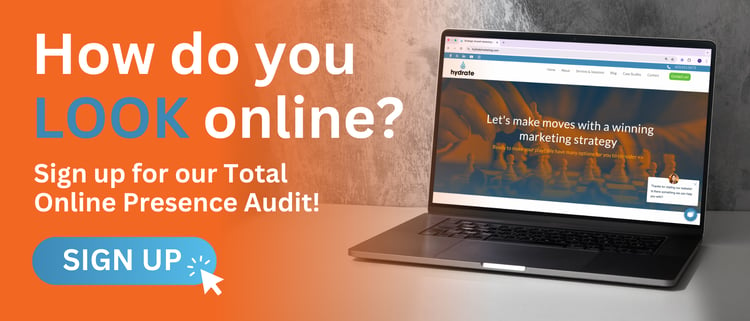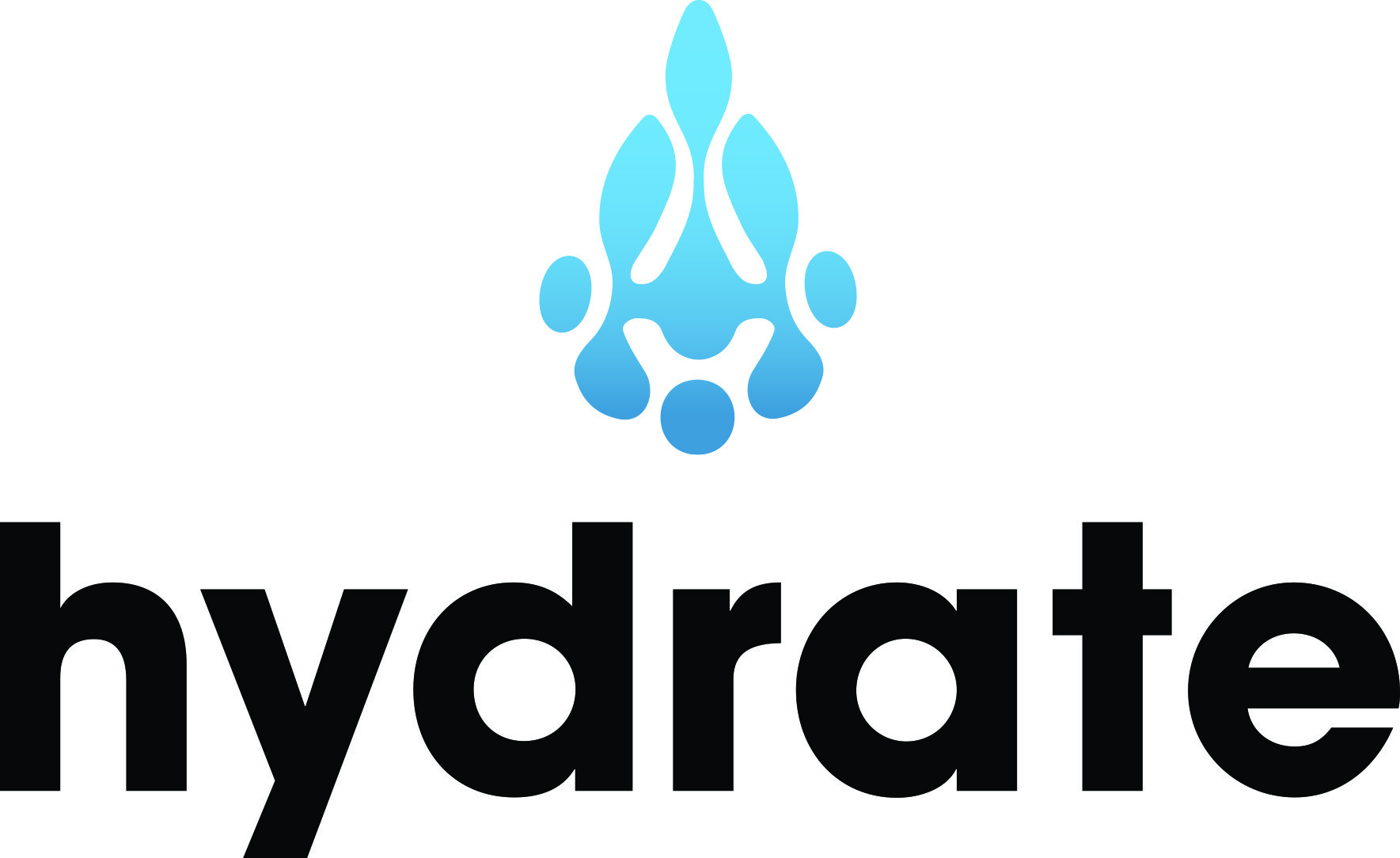Do you ever wonder how some brands have an uncanny ability to speak directly to your wants and needs? Their secret is that they’ve spent significant time researching their ideal customer. So, if you fall into their target audience they already know about your likes and dislikes before doing business together. You can accomplish this too! By mastering the art of identifying and understanding your audience, you’ll transform your marketing efforts from generic to magnetic, turning casual leads into loyal customers.
Get to Know Your Ideal Customer
The foundation of successful marketing is not just identifying your ideal customer but understanding them. This knowledge helps you personalize your messaging, tailor your products and services, and improve customer engagement. It can even improve conversion rates and maximize ROI. Companies that know their ICP (ideal customer profile) have a 68% higher account win rate, according to PipelineZen. The deeper you go with this research, the more meaningful the connections you make through marketing will be.
Go Beyond Demographics
To truly understand your ideal customer, you must look beyond basic demographic information. Consider their psychographics like values, interests, lifestyle, motivations, desires, and pain points. It’s surprisingly valuable to investigate these psychological aspects of your audience. For example, knowing that your ideal customer cares about sustainability can help you tailor your offerings and messages to align with their beliefs, creating a stronger emotional connection. When passion and relatability are involved, you’re more likely to close a deal or make a sale.
You should also study behavioral data, like brand interactions or purchase history. This research provides insights into how existing customers interact with your brand and make purchasing decisions. For example, analyzing previous purchase and website interaction data can help you predict future behaviors and tailor marketing campaigns accordingly. This can involve tracking metrics such as time spent on your website and pages visited. Combining demographics, psychographics, and behavioral data can create a comprehensive picture of your ideal customer.
Create Customer Personas
Customer personas are semi-fictional representations of your ideal customers. They help you visualize and empathize with your audience. Skipping this step means you will miss a crucial opportunity to connect with your target audience. Just 65% of consumers say the content they see from brands feels relatable, according to HubSpot. Building personas can help your brand be part of the minority that stands out to consumers. Here’s how to get started:
- Data Collection – Use surveys, interviews, and market research. Gather data directly from your existing customers and target audience. Surveys and interviews can provide qualitative insights into their motivations and preferences.
- Identify Patterns – Look for commonalities in your data to identify patterns and trends. This helps categorize your audience into distinct personas representing your various target segments.
- Profile Detailing – Include names, backgrounds, goals, and challenges. Create detailed profiles for each persona, giving them backstories that reflect their typical demographic and psychographic attributes. Outline their specific pain points and roadblocks.
- Develop Scenarios – Create scenarios illustrating how each persona interacts with your brand. These scenarios should reflect their journey from awareness to purchase, highlighting key touchpoints and potential problems.
- Regular Updates – Revisit and update your personas regularly to ensure they remain accurate and relevant as market conditions and customer preferences evolve.
Craft Targeted Content
Once you’ve detailed your customer personas, you can create content that addresses specific pain points and aspirations. This ensures your messaging resonates with your audience. Tailoring your content to the needs and interests of your personas can significantly enhance engagement and conversion rates. The types of targeted content to consider incorporating into your strategy are:
- Videos – Demonstrate products, share testimonials, and provide educational content.
- Podcasts – Offer in-depth discussions on relevant topics.
- Blogs – Enhance SEO with detailed articles and guides.
- Emails – Send personalized campaigns to nurture leads.
- Social Media – Engage with your audience in real time.
Locate Your Ideal Customer
Figure out where your target audience spends their time and which communication channels they prefer. Focus your efforts on the places they frequent. This is a great way to decide which types of content you should prioritize. The more specific you get with your research, the more likely you are to reach the right people. Even when looking at social media alone, different groups prefer different platforms. Here is Social Sprout’s breakdown of social media usage by age range:
- 18-29 years – Snapchat (41%), TikTok (35%), Instagram (32%)
- 30-39 years – LinkedIn (34%), X/Twitter (34%), Snapchat (33%), Instagram (32%)
- 40-49 years – LinkedIn (25%), Facebook (22%), X/Twitter (21%)
- 50-59 years – Facebook (29%), LinkedIn (24%), Pinterest (24%)
In conclusion, effective lead generation requires a strategic approach tailored to your ideal customers. Understand your audience and create strategic, targeted content to enhance your marketing efforts. A little personalization can go a long way! For more tips to help your business stand out and grow, subscribe to our blog. 







